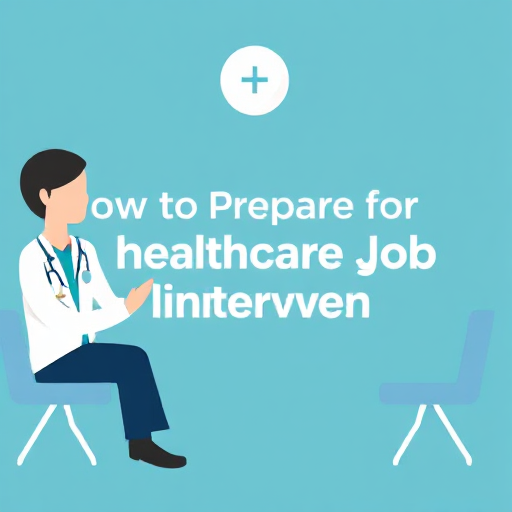Prescription drug prices in the United States have been a source of frustration for many patients, healthcare professionals, and policymakers. Despite the advancements in pharmaceutical research and medicine, the cost of prescription drugs continues to rise, leaving many Americans struggling to afford the medications they need. But why are prescription drug prices so high in the U.S. compared to other countries? The answer involves a mix of factors, from the structure of the healthcare system to the influence of pharmaceutical companies.
1. Lack of Price Regulation
Unlike many other countries, the U.S. does not have price controls on prescription drugs. In countries like Canada, the UK, and many in Europe, governments negotiate directly with pharmaceutical companies to set a maximum price for medications, making them more affordable. However, in the U.S., drug prices are largely determined by market forces, without any government-imposed caps.
- Why does this matter? Pharmaceutical companies can set prices as high as they want, and insurers or patients are often left to bear the cost. The absence of a centralized negotiating authority means that drug manufacturers can raise prices without limits, sometimes with minimal oversight.
2. Role of Pharmaceutical Companies
The pharmaceutical industry has a massive influence on drug prices in the U.S. In many cases, the companies that develop and market the drugs hold the monopoly on those medications for years, allowing them to set high prices without competition.
2.1. Patent Protection
- Patent exclusivity: When a new drug is developed, the company that created it is granted a patent, which gives them exclusive rights to manufacture and sell the drug for a period, typically 20 years. During this time, no other company can legally produce a generic version of the drug, which means no competition in the marketplace.
- Price setting: With no competition, pharmaceutical companies can charge whatever price they believe the market will bear. This leads to some drugs being priced extremely high, especially for brand-name medications.
2.2. “Evergreening”
- Some companies engage in a practice known as evergreening, where they slightly alter a drug’s formulation or delivery method (e.g., switching from a pill to an injectable version) and reapply for patent protection. This extends their period of exclusivity and prevents the entry of generics into the market, thus allowing the company to continue charging high prices.
2.3. Marketing and Advertising
- The U.S. is one of the only countries where direct-to-consumer pharmaceutical advertising is allowed. Companies spend billions on TV commercials, print ads, and online marketing, which encourages patients to ask their doctors for specific medications. The costs associated with these advertisements are often passed down to consumers in the form of higher drug prices.
- Pharmaceutical companies also invest heavily in lobbying to influence policymakers, making it difficult to pass reforms that would lower prices. According to reports, the pharmaceutical industry spends more on lobbying than any other sector in the U.S., giving them considerable power in shaping drug pricing policies.
3. The Role of Middlemen: Pharmacy Benefit Managers (PBMs)
Pharmacy Benefit Managers (PBMs) are intermediaries between pharmaceutical companies, insurance companies, and consumers. PBMs negotiate drug prices with manufacturers and determine which drugs are covered under insurance plans. However, this system can drive up prices due to several factors:
3.1. Rebates and Discounts
- When PBMs negotiate drug prices, they often receive rebates from pharmaceutical companies in exchange for placing their drugs on the preferred list of covered medications. However, these rebates don’t always benefit the consumer directly. In many cases, the list price of a drug is inflated to accommodate these discounts and rebates.
- Opaque pricing: The lack of transparency in this system makes it difficult for consumers to know how much a drug actually costs versus what they are being charged. PBMs often keep some of the rebates for themselves, while consumers continue to pay higher prices.
3.2. Formularies
- PBMs create formularies, which are lists of approved drugs covered by insurance plans. While this process can help control costs in theory, PBMs often prioritize higher-priced drugs because they get larger rebates from manufacturers. This can lead to higher out-of-pocket costs for patients, particularly when lower-cost alternatives are available but not covered by the plan.
4. Health Insurance and Out-of-Pocket Costs
The structure of the U.S. health insurance system is another factor that contributes to high drug prices. While insurance companies often negotiate lower prices with drug manufacturers, many people still face high deductibles and co-pays for prescription medications. Even with insurance, patients can end up paying a significant portion of the cost.
- High deductibles: Many insurance plans come with high deductibles, meaning the patient has to pay a substantial portion of the drug costs upfront before insurance kicks in. This can lead to a situation where even people with insurance cannot afford their prescriptions.
- Lack of transparency: It’s also difficult for patients to know the true cost of a drug until they try to purchase it. Drug prices can vary significantly depending on the pharmacy, insurance plan, and any discounts or rebates that may apply, making it hard for patients to shop around for the best price.
5. The Cost of Drug Development
The high cost of prescription drugs is often justified by pharmaceutical companies on the grounds that developing new drugs is expensive. It’s true that the process of researching, testing, and bringing a new drug to market can cost billions of dollars. However, several factors complicate the narrative around these costs:
5.1. Research and Development
- While drug development is expensive, many critics argue that not all of the research costs should be borne by consumers. A significant portion of early-stage drug research is funded by taxpayer dollars through institutions like the National Institutes of Health (NIH). The public funding of drug discovery raises the question of whether taxpayers should be paying for high drug prices when they’ve already contributed to the research.
- Additionally, many drugs that end up being highly profitable are developed with a significant amount of public funding. This means that the costs of R&D are spread across society, but the profits from successful drugs go to the companies that hold the patents.
5.2. Marketing and Profits
- Drug companies often spend far more on marketing and advertising than on actual research and development. High marketing costs add to the price of the drug, which is ultimately paid by consumers. The large profits that drug companies make are often criticized, especially when they are seen as excessive compared to the cost of producing the drug.
6. The Impact on Patients
The high cost of prescription drugs in the U.S. has significant consequences for patients. Many individuals are forced to choose between medications and other essentials like food and housing, leading to dangerous decisions that affect their health.
- Medication nonadherence: A significant number of people do not take their prescribed medications as directed due to high costs, which can lead to worsened health outcomes and increased healthcare costs in the long term.
- Medical bankruptcies: The financial burden of high drug prices, especially for those with chronic conditions that require long-term medication, can lead to medical bankruptcies, further exacerbating health disparities.
7. What Can Be Done?
There are several potential solutions to address the high cost of prescription drugs in the U.S.:
- Price negotiation: One solution that has gained traction is allowing the government (or insurance providers) to negotiate drug prices directly with pharmaceutical companies, similar to what other countries do.
- Transparency: Increasing transparency in the pricing and negotiation process could help consumers better understand and compare prices.
- Price caps: Implementing price caps on certain medications, especially those that are critical to public health (e.g., insulin), could reduce costs.
- Generic drugs: Encouraging the use of generic drugs, which are typically much cheaper than brand-name versions, could help lower overall drug expenses.






